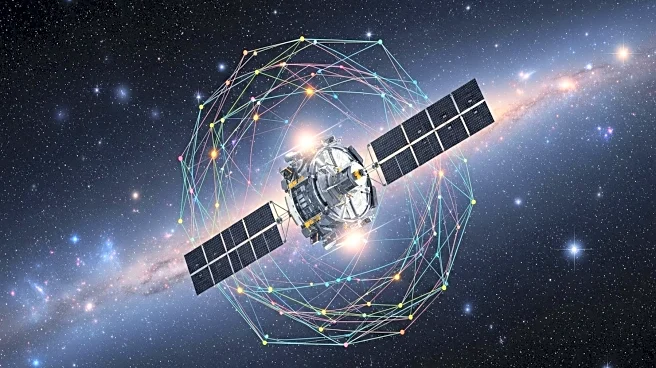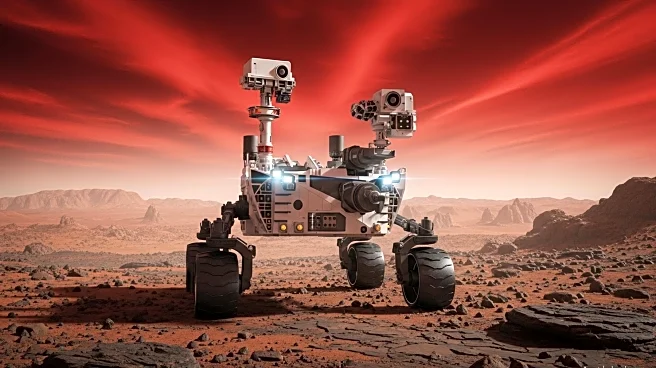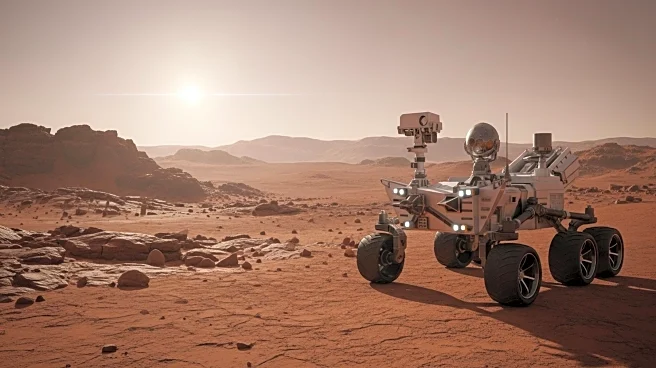What's Happening?
NASA has initiated the commissioning of its Polylingual Experimental Terminal (PExT), a pioneering space communications demonstration designed to enable spacecraft to communicate across both government and commercial satellite networks. Launched on July 23, the PExT payload is hosted on York Space Systems' Bard satellite, which has successfully completed its bus commissioning. The demonstration aims to showcase wideband terminals, a technology that uses software-defined radios to dynamically switch frequencies for data transmission in space. Developed by NASA's Space Communications and Navigation (SCaN) Program and the Johns Hopkins Applied Physics Laboratory, PExT represents a significant step towards commercializing space communications services. Historically, NASA relied on its Tracking and Data Relay Satellite (TDRS) system for near-Earth communication, but future missions will utilize commercial providers, necessitating interoperability between networks.
Why It's Important?
The PExT demonstration is crucial for NASA's transition to commercial space communications services, which will enhance the agency's ability to support future missions. By enabling seamless communication across multiple networks, NASA can improve operational efficiency and reduce costs associated with maintaining proprietary systems. This shift towards commercial providers aligns with broader industry trends of privatizing space operations, potentially benefiting companies involved in satellite communications. The success of PExT could pave the way for more robust and flexible communication solutions, supporting NASA's long-term objectives, including lunar and Mars missions.
What's Next?
The PExT payload commissioning will continue through September, with ongoing tests to verify its ability to transmit data while roaming between various satellite networks. As NASA evaluates the performance of wideband terminals, it may explore further collaborations with commercial entities to expand its communication capabilities. The agency's efforts to integrate commercial services could lead to new partnerships and technological advancements, influencing the future landscape of space communications.











